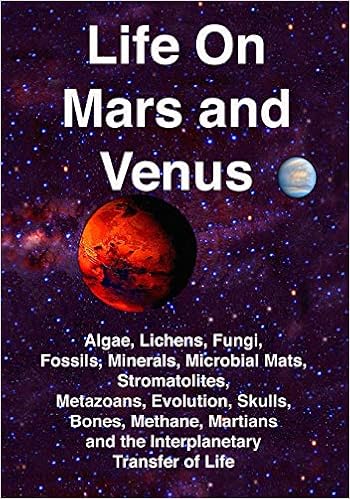Early reefs were formed by algal mats but by 500 million years ago reefs existed that were composed of a wide range of calcifying organisms tabulate and rugate corals as well as mollusks crustaceans and echinoderms figure 7 10 these reefs were extensive by 250 million years ago.
Fossilized algal mats.
Cyanobacteria forming algal mats.
They are a type of biofilm that is large enough to see with the naked eye and robust enough to survive moderate physical stresses.
Fossilized cyanobacteria are commonly found in rocks that date back to mesoproterozoic.
They convert carbon dioxide and sunlight into food and energy via photosynthesis.
To determine whether algal blooms at elkhorn slough were natural or the result of human activities the research team did some historical detective work.
Stromatolites are commonly mistaken as fossils but are actually sedimentary structures.
The date when life first arrived on land has been pushed back to at least 1 2 billion years ago by the discovery of hollow filamentary fossils probably of mats of algae and bacteria.
Cyanobacteria are photoautotrophs in nature.
They form when mats of cyanobacteria commonly called algal mats bind and hold sediment that is washed over them by waves.
Montana fossilized agate of algae mat pendant hand polished agate pendant algae mat montana agate stonesofold 5 out of 5 stars 15 50 00 free shipping favorite add to see similar items more like this.
Gorgeous designed kambaba pendant sterling silver star gelexy pendant algae cabochon gemstone pendant jasper pendant p 55.
These colonies of bacteria form on surfaces at many types of interface for example between water and the sediment or rock at the bottom between air and rock or sediment between soil and bed.
Lee hannah in climate change biology second edition 2015.
Cyanobacteria found in sedimentary rocks indicate that bacterial life began on earth during the precambrian age.
With a diameter of 154 km 96 mi gale crater has the appearance of a dry lake at the center of which.
Over time sediment buildups can begin to form domal structures similar to the shape of a person s head.
The best evidence for these fossilized algal mats comes from 3 4 billion year old rocks in australia generally thought of as the strongest evidence for early life on earth.
They examined aerial photographs dating from the 1930s to the present and found that algal mats on the marsh have increased dramatically during the 85 year period.

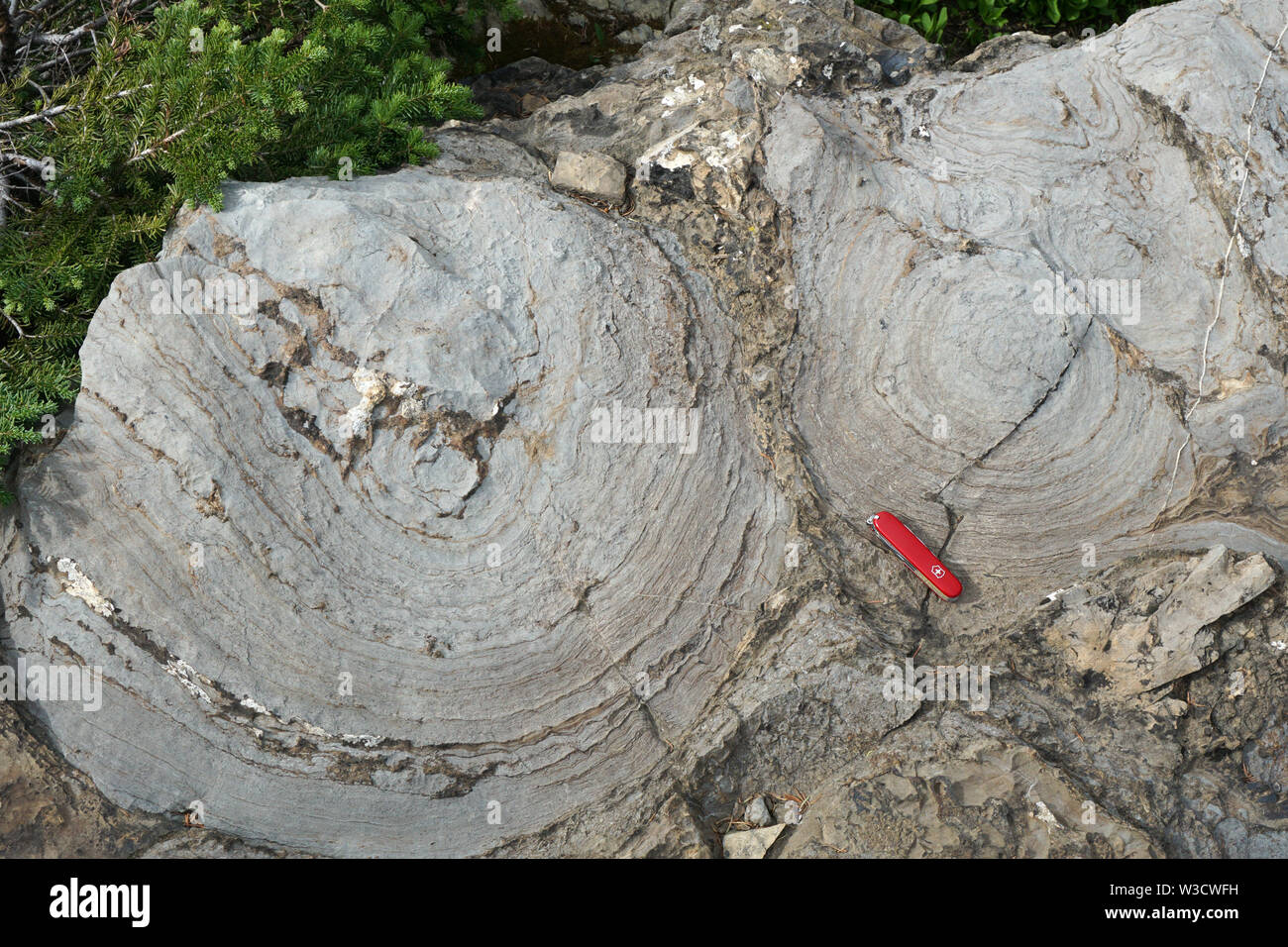

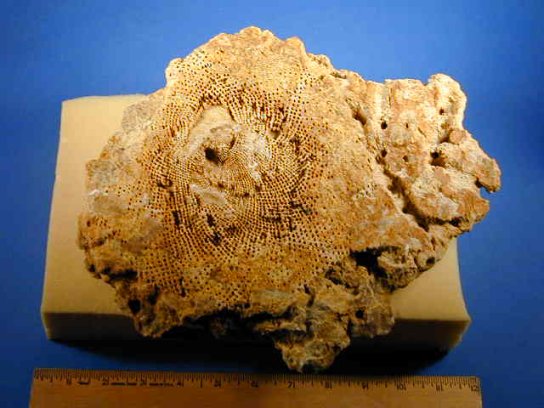





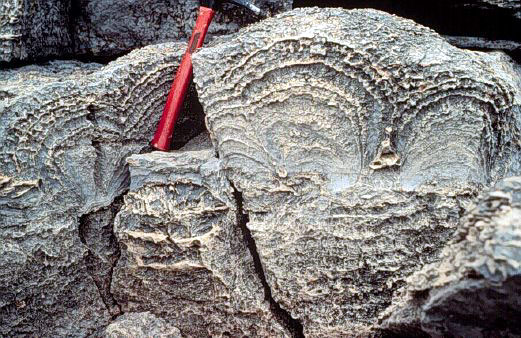

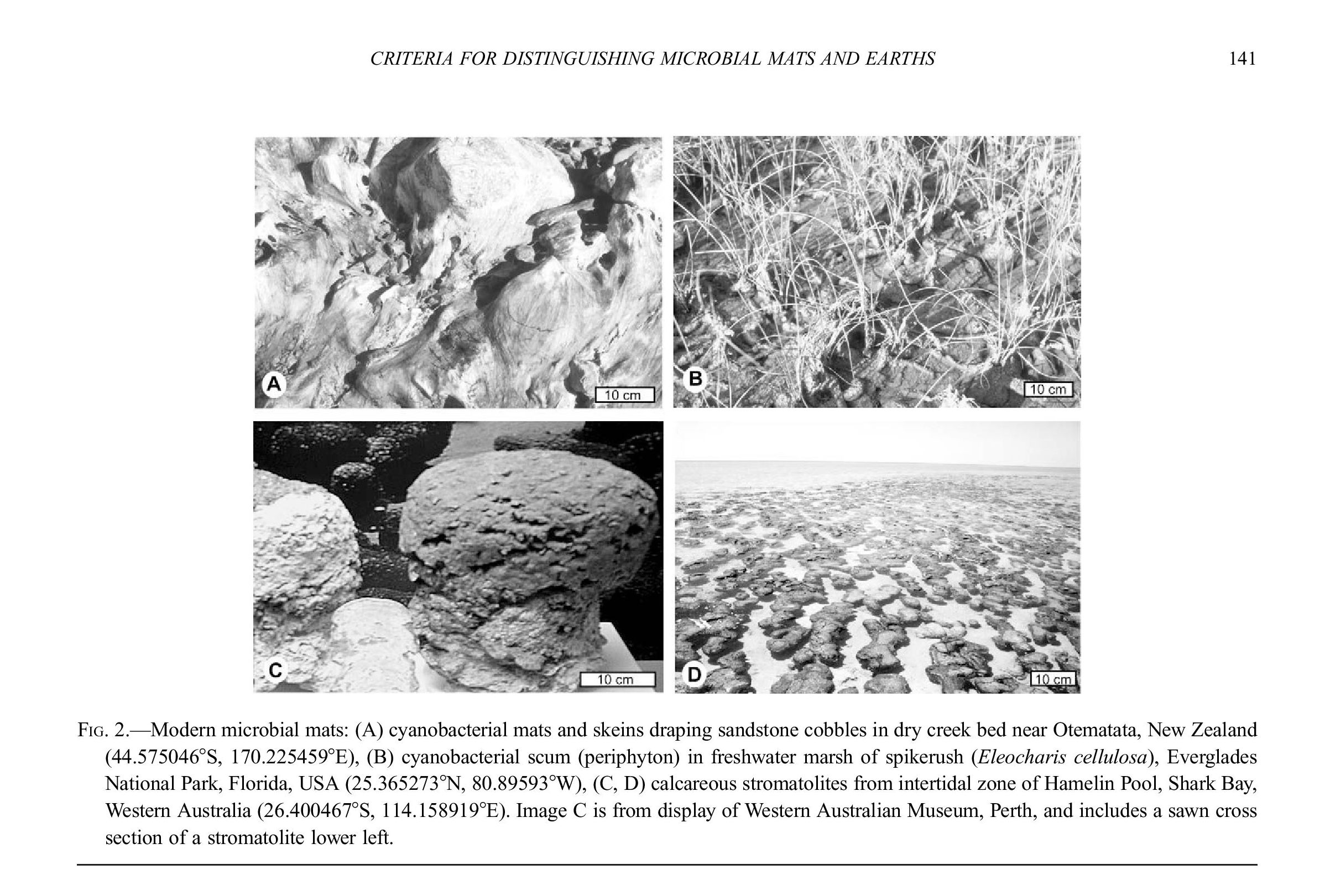




/https://public-media.si-cdn.com/filer/e3/b3/e3b39a02-6a8f-4899-9c57-f39ece337b1a/old_algae.jpg)

